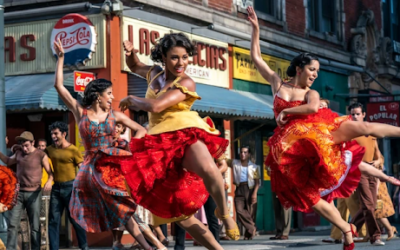To say that films from Asia are taking the world by storm would be a massive understatement, especially given how many countries and cultures are found in the largest continent on Earth. Of course, Japan has been producing iconic anime for decades now, and China’s film industry has recently come to produce blockbusters on par with their Western counterparts. India continues to make more films than any other nation, and with “Parasite”, the most recent Academy Award winner for Best Picture, South Korea has proven its worth as a cinematic powerhouse. These four countries are the most frequently cited when discussing Asian cinema, yet they are far from the only nations making their contribution to the medium. To prove this, we will be looking elsewhere in the continent and highlighting films from nations that aren’t as frequently recognized for their works of film. So without further ado, here are some examples of the best that the lesser known Asian nations have brought into the world of cinema:

Cyclo (1995) – one of the more famous works of Vietnamese cinema (so much so that even won the Golden Lion at the Venice International Film Festival), this film takes a close look at the working class living in Ho Chi Minh, the nation’s capital, and how the difficulty in their lives leads these people to come under the influence of the city’s criminal activity. Constructed primarily through abstract concepts and dialogue-free communication, the film may appear difficult to comprehend at first glance, but those that are able to get a full understanding of the film will find that this style, a staple of director Tran Anh Hung’s filmography, helps make this depiction of Vietnamese city life and crime all the more engaging and memorable.

State of Dogs (1998) – quoted by author Garth Stein as inspiration for this novel The Art of Racing in the Rain, this Mongolian pseudo-documentary from directors Peter Brosans and Dorjkhandyn Turmunkh takes place in the capital Ulan Bator, combining documentary-like and fictional elements to tell the story of Baasar, a dog shot and killed to reduce the city’s canine population. Over the course of the film, Baasar looks over the events of his life, constructed through an impressionistic and dream-like narrative that presents itself as a surreal, yet still believable reflection on the life of this dog. Although the line between fantasy and reality may not always be clear, the emotion the film’s four-legged protagonist evokes certainly is.
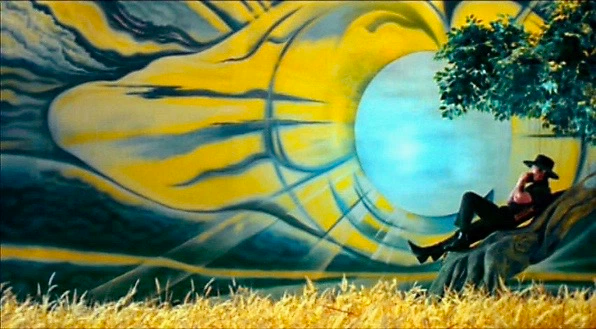
Tears of the Black Tiger (2000) – if one were to take the western genre and place it in a setting completely different from the American western, what would be created would most likely resemble this action-adventure story hailing from the nation of Thailand. Drawing inspiration from the likes of Quentin Tarantino and John Woo, the film follows Dum, a young gunman determined to stop the wedding between Rumpoey, the woman he loves, and the police captain Kumjorn. Mixing a stylized color scheme with an abundance of gratuitous violence, the film presents Dum’s journey and the battles he fights throughout with just the right amount of intensity and excitement, resulting in a narrative that recalls the classic spaghetti westerns.
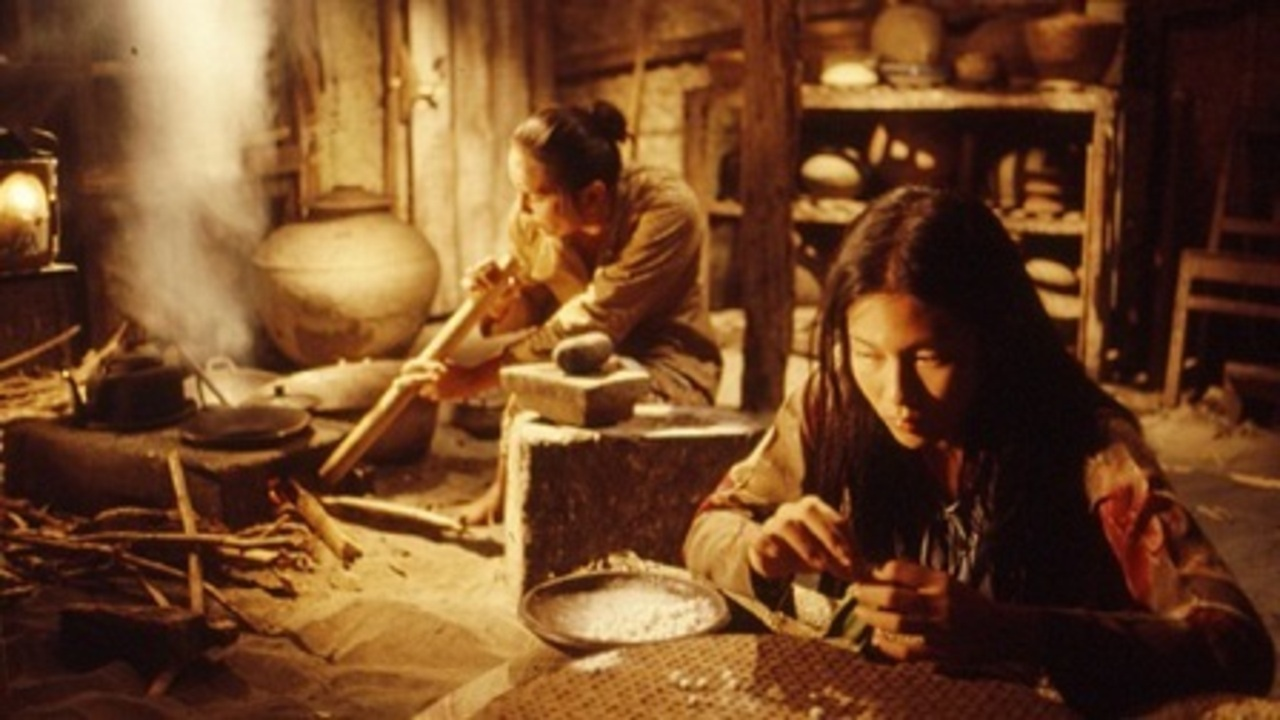
Whispering Sands (2001) – with the international refugee crisis being more prominent than ever, this Indonesian drama could not be more relevant to the modern world. Starring Christine Hakim of Eat, Pray, Love, the film follows Hakim as Berlian, a mother who is on the run with her daughter Daya in order to escape political violence. Although Daya longs for the return of her absent father, the stern Berlian keeps her moving along as the two make their way out of their home by the sea and into a desert where the sands constantly shift. Despite the antagonism between them, mother and daughter are forced to put up with each other in order to survive, and what comes of this is a dramatic, yet heartfelt look at familial relations in times of disaster.
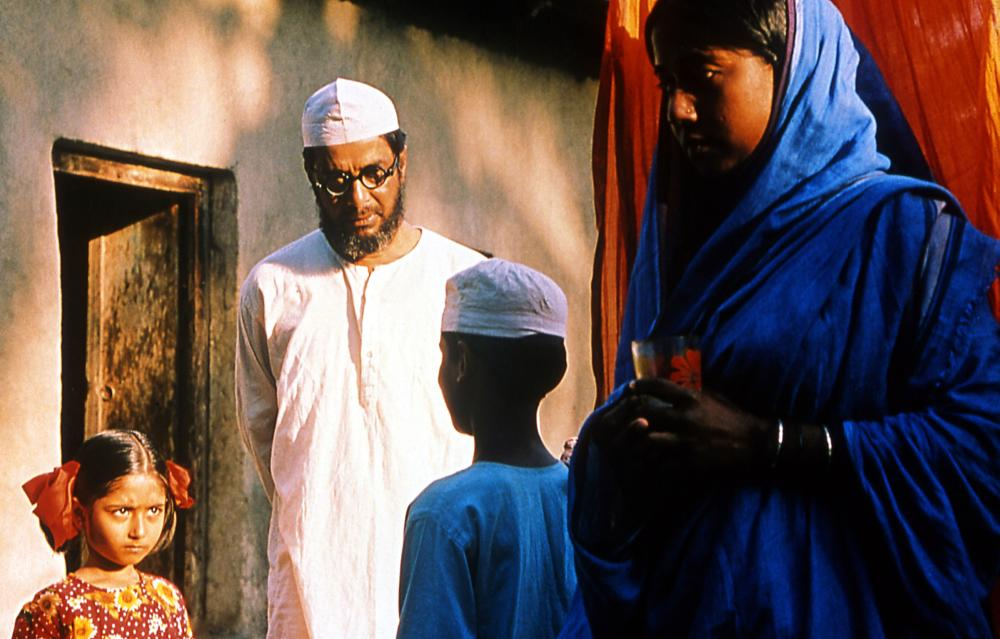
The Clay Bird (2002) – despite initially being banned in its native country due to issues of religious sensitivity, this drama from Bangladesh takes place in the 1960’s amidst the nation’s War of Liberation from the neighboring Pakistan. As his family must come to terms with the changes this political upheaval has brought upon the small world they know, young Anu is sent to the madrasah, a school of the Islamic religion, while his devout father Kazi must contend with the death of Anu’s sister and the ongoing shift of the region’s political landscape. Through its reflection of patriarchy and faith in a time of great change, the film is effective and emotional in showing the lengths one might go to in order to hold on to the sense of unity their faith brings.

In the Name of God (2007) – a historical milestone as the first film from Pakistan to be released in its neighbor India in over half a decade, this drama is unique in its depiction of the September 11th terrorist attacks from the perspective of those living outside the Western world. Centered around two musicians Mansoor and Sarmad, the film shows the contrasting paths in life these two go down; Sarmad becomes an Islamic radical and an abusive husband to his arranged bride Mary, while Mansoor, originally attending a music school Chicago, is racially profiled by the FBI and detained in Guantanamo Bay. What comes of these intersecting narratives is a haunting exploration of how a peaceful religion like Islam can be exploited in the name of war and hate.

Who Am I? (2009) – yet another underrated LGBT romance of international cinema (see more examples here), this tragedy follows Rath, a Cambodian-American woman who returns to her native country to meet the actress-singer Thida, with whom she has engaged in long-distance telephone conversations. What begins as a platonic, almost sisterly, friendship soon blossoms into a passionate romance, but when Thida’s family tries to force them apart, their efforts to stay together only bring further misery to their already distressing dilemma. At the time of release, this was one of Cambodia’s most successful films, and given how well it manages to convey its central romance and drama, it’s not hard to see how the film had such a massive appeal.

Tatsumi (2011) – director Eric Khoo has been cited by many as a primary figure in the revival of the film industry in the nation of Singapore, with films like Be With Me and My Magic becoming prominent film festival favorites. In his first animated feature, Khoo adapts the manga memoir A Drifting Life and depicts the career and struggles of Yoshihiro Tatsumi, the Japanese comics artist who would come to be known as the creator of the genkira genre of adult Japanese comics. Although drenched in Japanese culture (even spoken in the Japanese language), Khoo nonetheless retains an aesthetic familiar to his Singaporean upbringing, and in doing so, he is able to paint a harrowing, but respectful tribute to an artist he was so heavily influenced by.Your content goes here. Edit or remove this text inline or in the module Content settings. You can also style every aspect of this content in the module Design settings and even apply custom CSS to this text in the module Advanced settings.

Chantaly (2012) – coming to us from Mattie Do, the first (and so far only) female director from the nation of Laos, this horror film (Laos’ first to be written and directed within the country) follows the titular character, a young woman with a heart condition living with her overprotective father. She starts to believe her mother’s ghost is trying to communicate with her from the afterlife, but when a change in medication causes these “hallucinations” to cease, Chantaly must decide whether or not she should succumb to her illness in order to hear her mother’s words. As much of a family drama as it is a disturbing horror, this film takes an intriguing look at death as it questions how far one will go to be with their deceased loved ones.
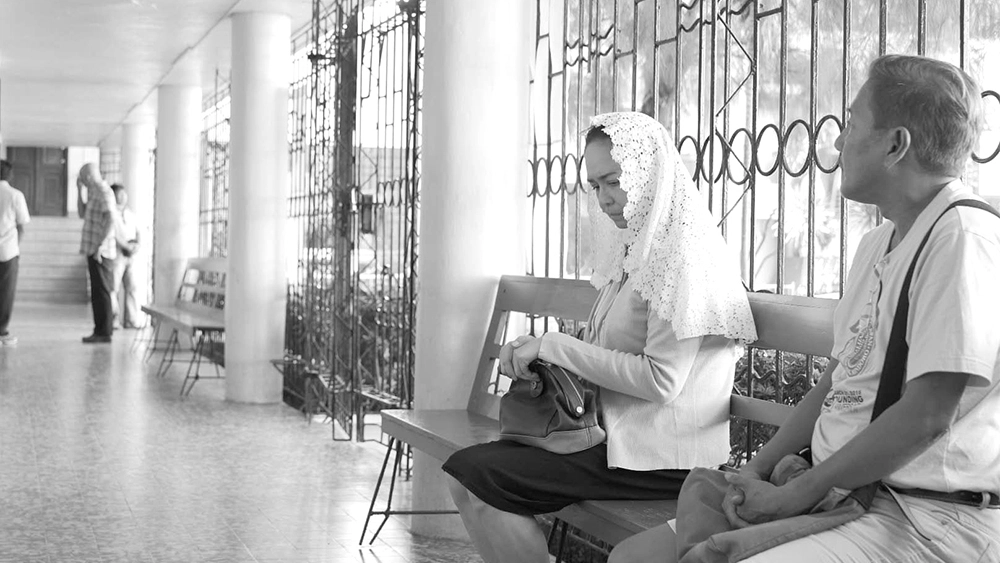
The Woman Who Left (2016) – winner of the Golden Lion at the Venice International Film Festival, this drama films come from the Philippines, specifically from Filipino director and key figure in the slow cinema movement Lav Diaz. Indeed, the film, which follows the wrongfully imprisoned Horacia and her quest for revenge against the nation’s ruling class after her eventual release from prison, is a solid example of slow cinema. With a running time of nearly four hours and completely black-and-white cinematography, the film may be a hard sit for those accustomed to faster and more visually vivid films. Those who are patient, however, will be rewarded with a gripping narrative that serves as a cautionary tale for those who abuse their power over others.
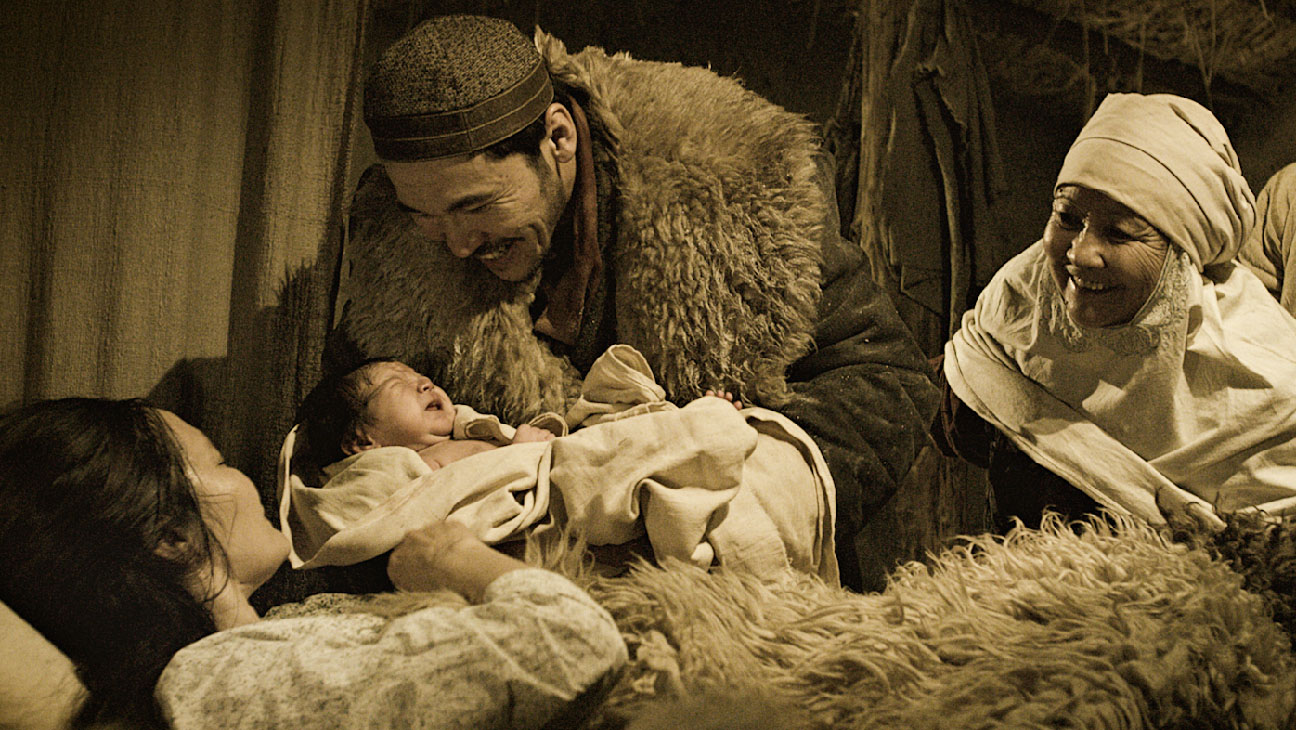
The Road to Mother (2016) – a film that World Wide Motion Pictures is proud to distribute throughout North America, this epic war drama from Kazakhstan follows the life of Ilyas, who, as a young boy, was separated from his family as a result of the growing Soviet presence and their imposement of collective farming. The film shows Ilyas making his way through life with the intention of reuniting with his mother Mariam and the rest of his family, placing him in the middle of some of Kazakhstan’s most significant historical events in doing so. Serving as both an emotional family drama and an epic insight into Kazakh history, this film makes for an engaging and touching experience on both the grandest and most intimate of scales. Now available on Blu Ray and DVD.

